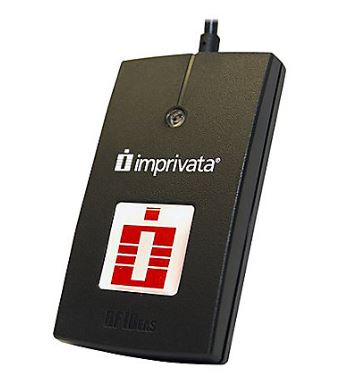
(Updated March 27)
Physicians, nurses, and other providers will be able to quickly and securely access patient records simply by tapping their badge once UConn Health activates its electronic medical record system, HealthONE, in the spring.
The technology—which the vendor, Imprivata, calls “OneSign”—uses badge readers and prompts for a password. Once the password is entered, users will be able to log in to HealthONE by tapping in and out for four hours and 15 minutes without having to provide a password again.
“Using the ID badge instead of stopping to type in a name and password [every time] enables providers to get into the patient record instantly,” says Assistant Vice President for Information Technology Michael Catrini. “Those seconds saved really add up quickly over time and more importantly, you no longer have the patient interaction interrupted or delayed by keying in a password [at every encounter].”
It also enables a more a seamless transition from one provider to the next.
“In a patient room, the record is going to be up on the screen right where the nurse or the MA left off,” says information technology project manager John Virkler. “The nurse or the MA will go in and take vitals, they’ll put all that information in, and they’ll tap their badge. It’ll sign them out but it will leave the patient record up. The screen is blank, it locks up. The provider walks in, taps his or her badge, and it’s all ready for the provider.”
The technology will go beyond the EMR software and the associated ancillary programs that make up HealthONE. Kronos is one example.
“Users who already have a single sign-on ID will not have to enter their credentials to get into Kronos either, it’ll just automatically log them in to Kronos,” Virkler says. “The application just basically puts their user ID and password into any application that’s been profiled.”
Other planned components of this technology include e-prescribing and blood draw. It’s equipped to handle two-factor authentication for circumstances like that, when having a second person sign off is required.
“On the back end we’re building it out so we could easily add other workflows as they’re identified,” Virkler says.
Training on the new technology is part of the regular HealthONE training for users.
“There’s not much to it, you tap in, you tap out, it’s that simple,” Virkler says. “Like ‘wash in, wash out,’ we want to ingrain that. We want to get them into the habit of tapping in and tapping out. If they don’t tap out, it will eventually time them out.”
The idea is to have badge readers in every clinical area, and they eventually could be used in other areas too.
Watch for additional HealthONE updates in Lifeline, in the Pulse, at uconnhealthexpress.uchc.edu/emr, and now on Twitter @UConnHealthONE.
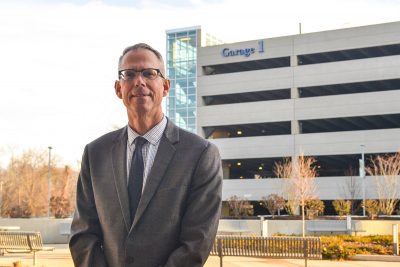












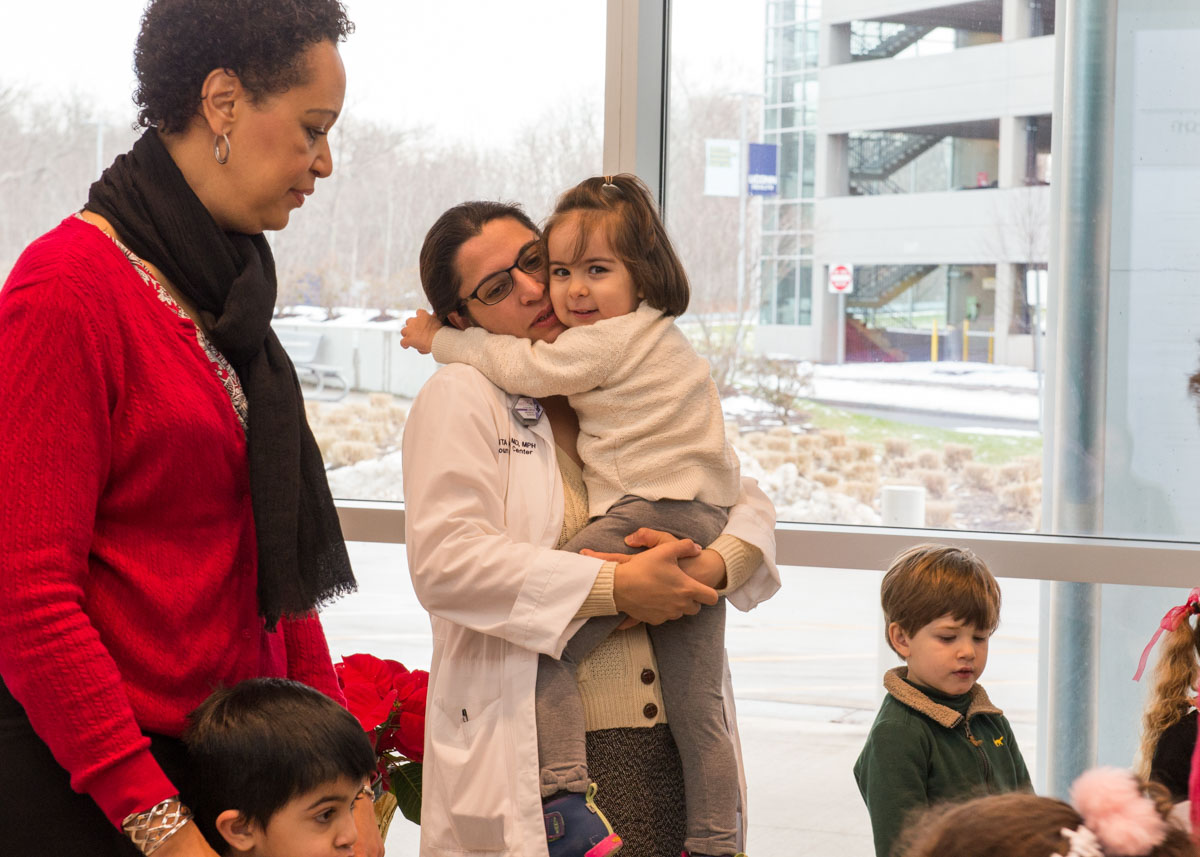
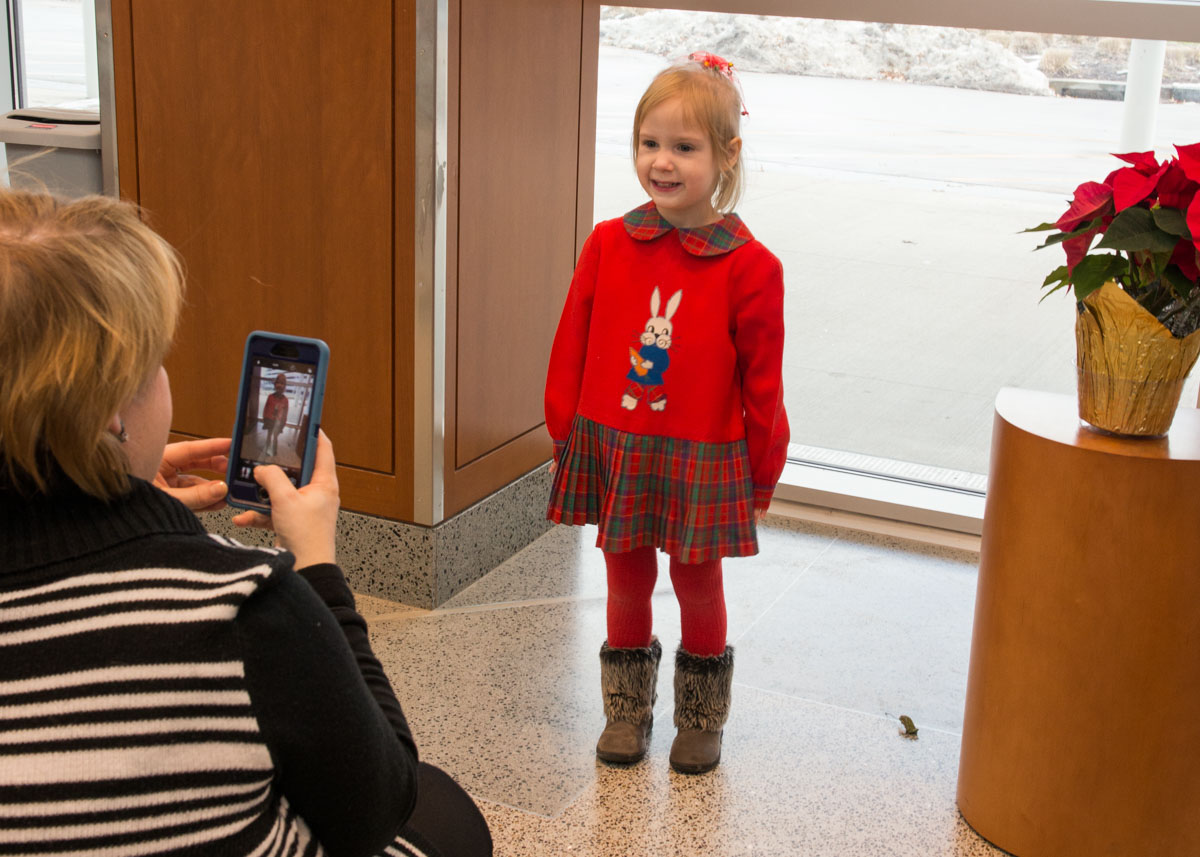


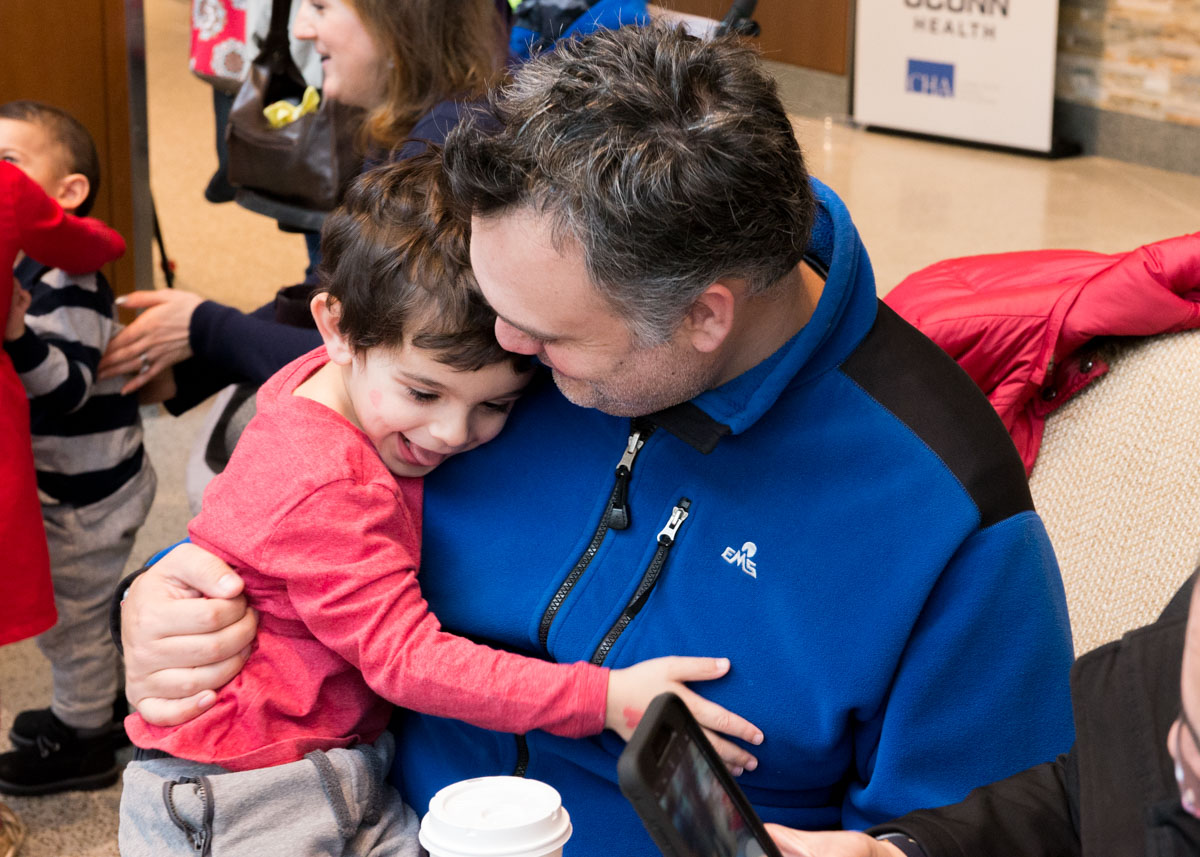



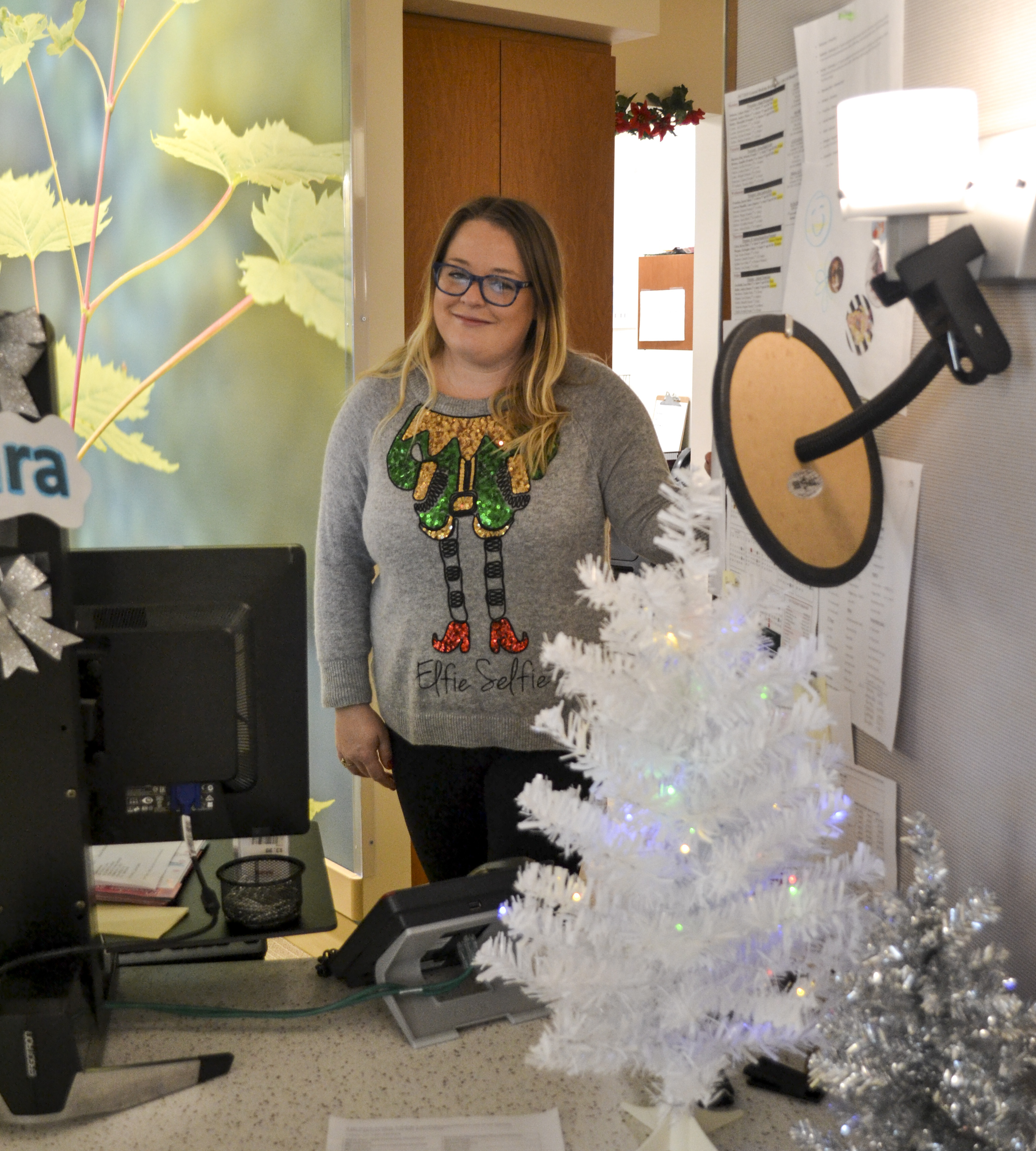

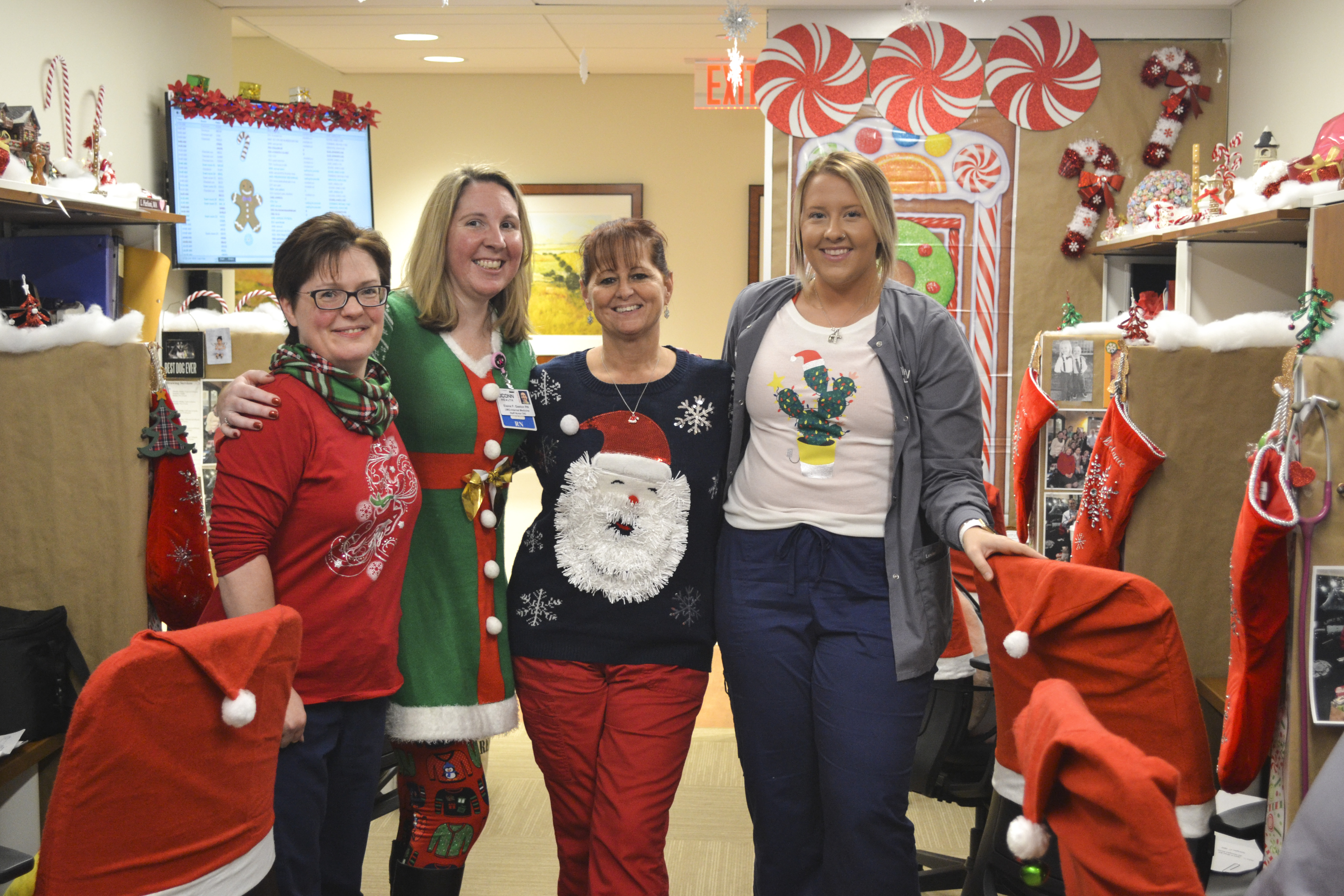

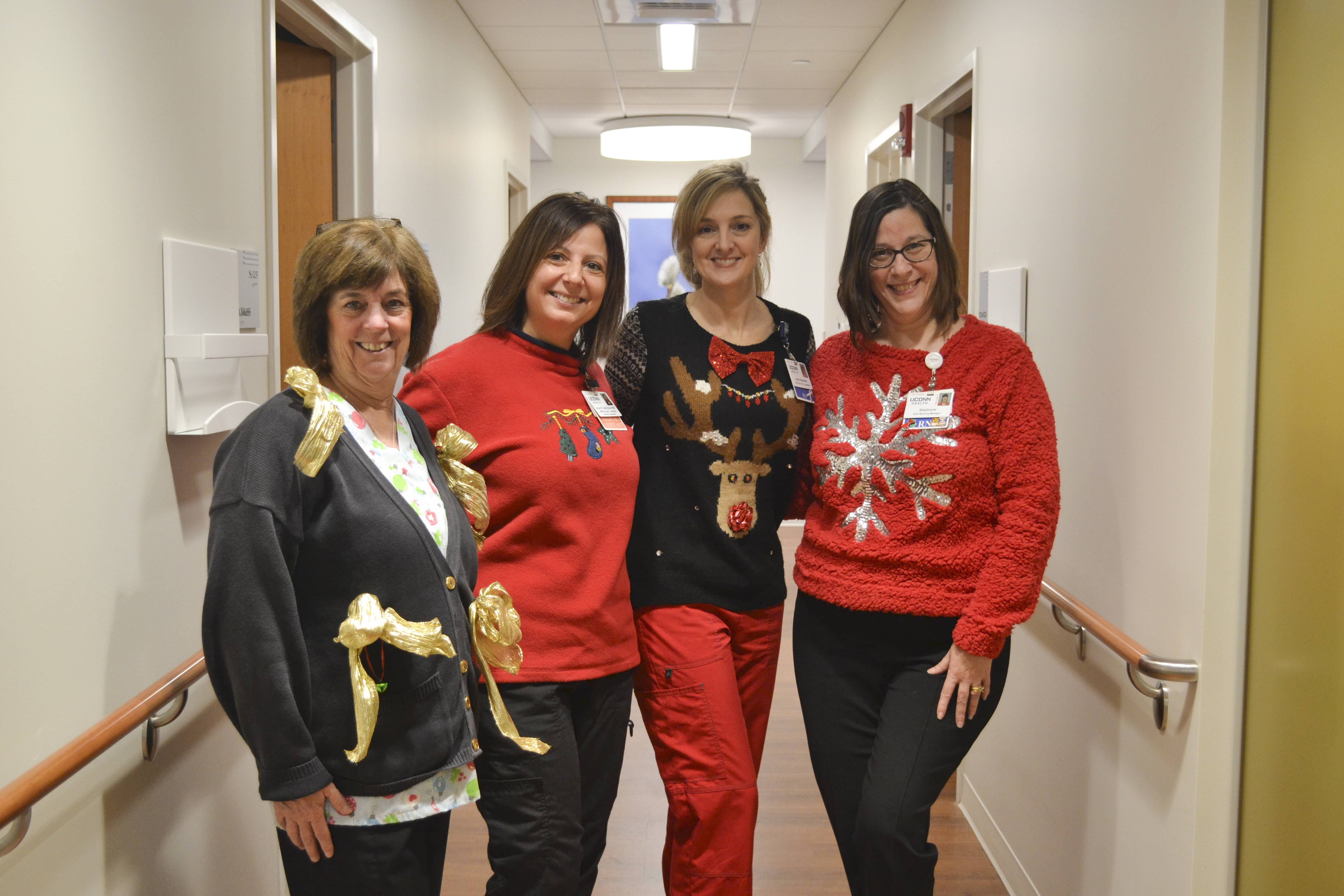
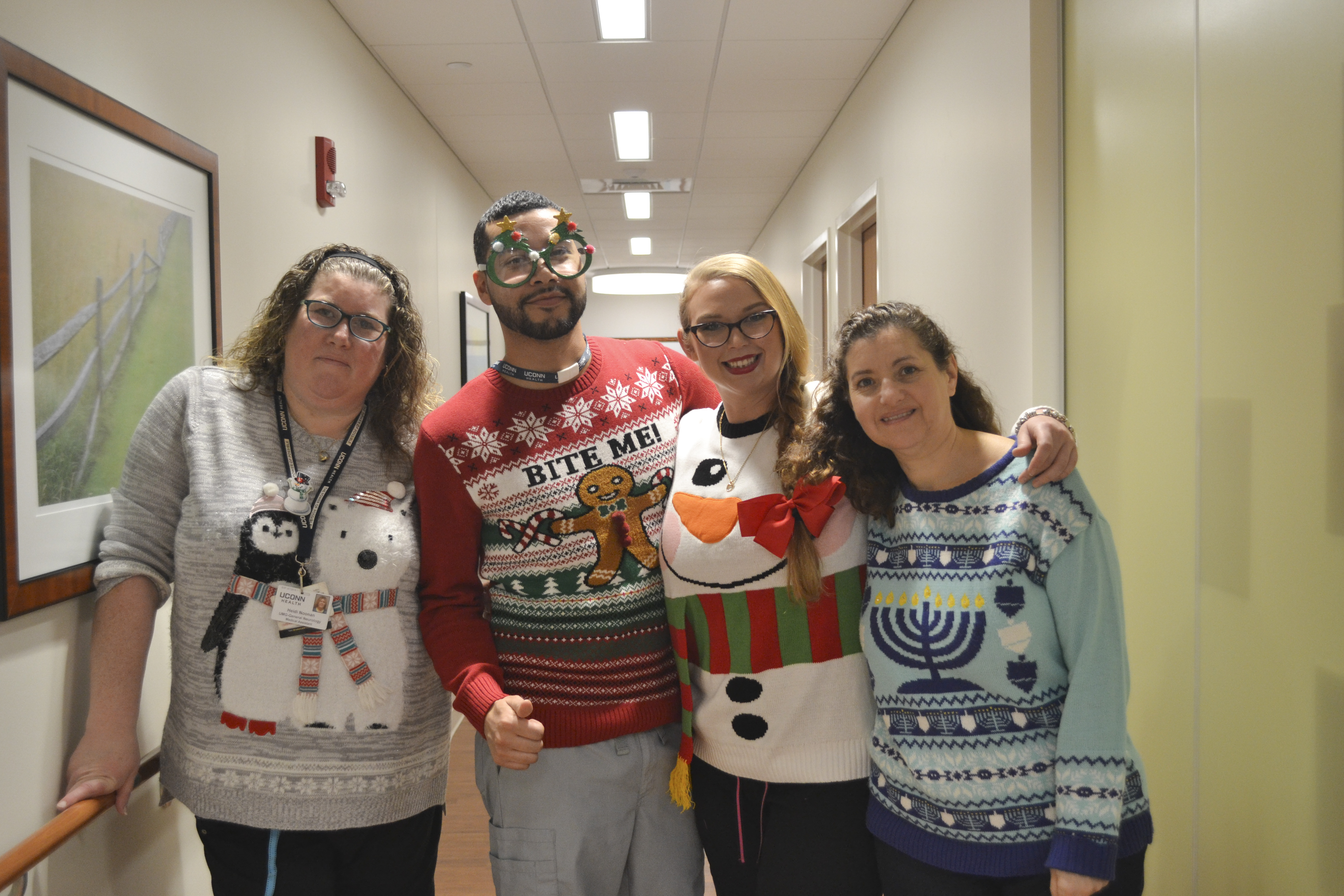

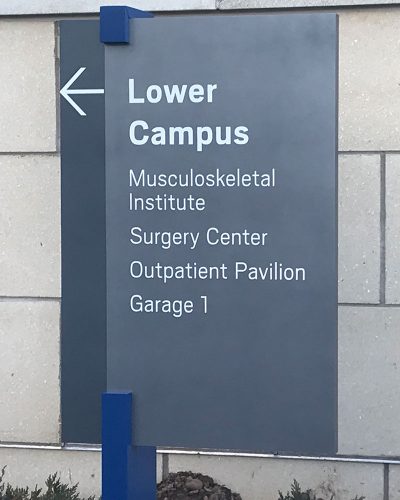
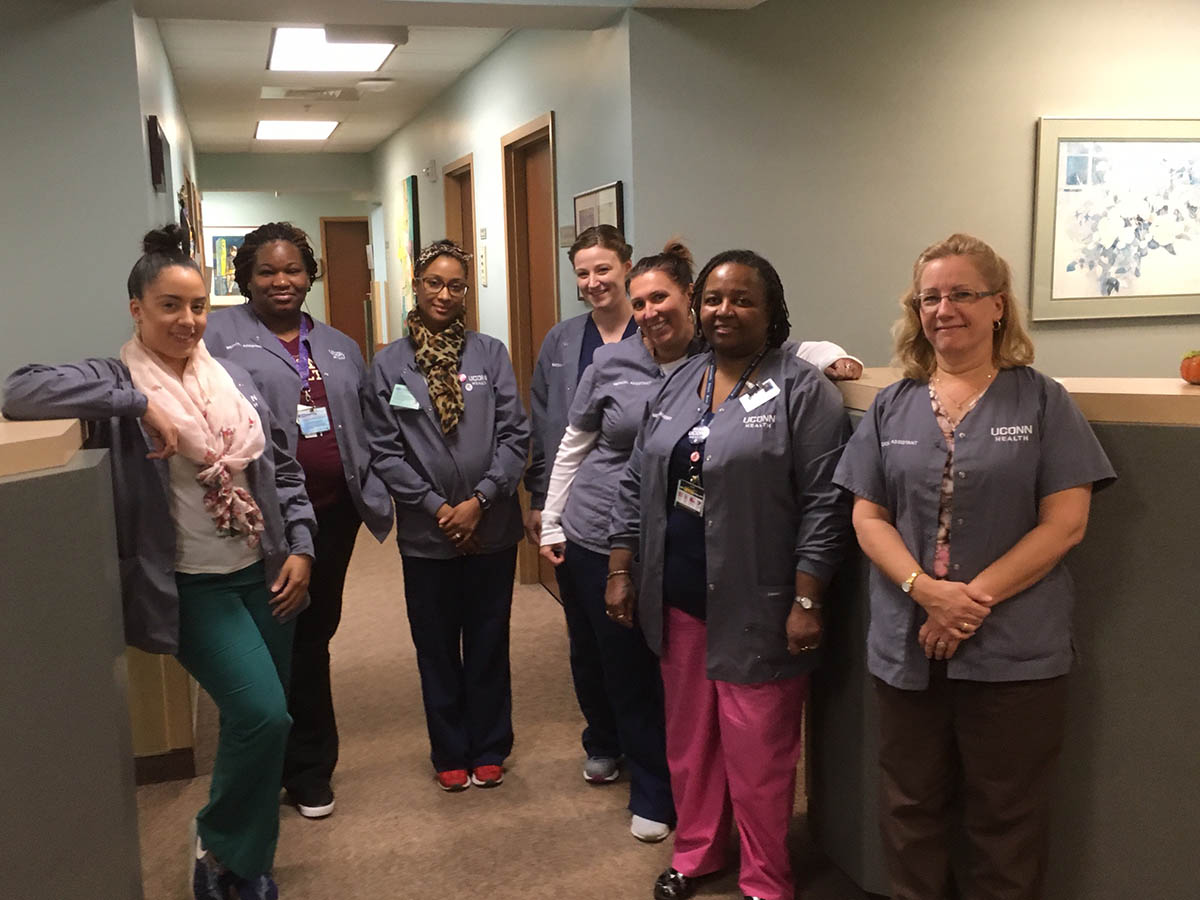
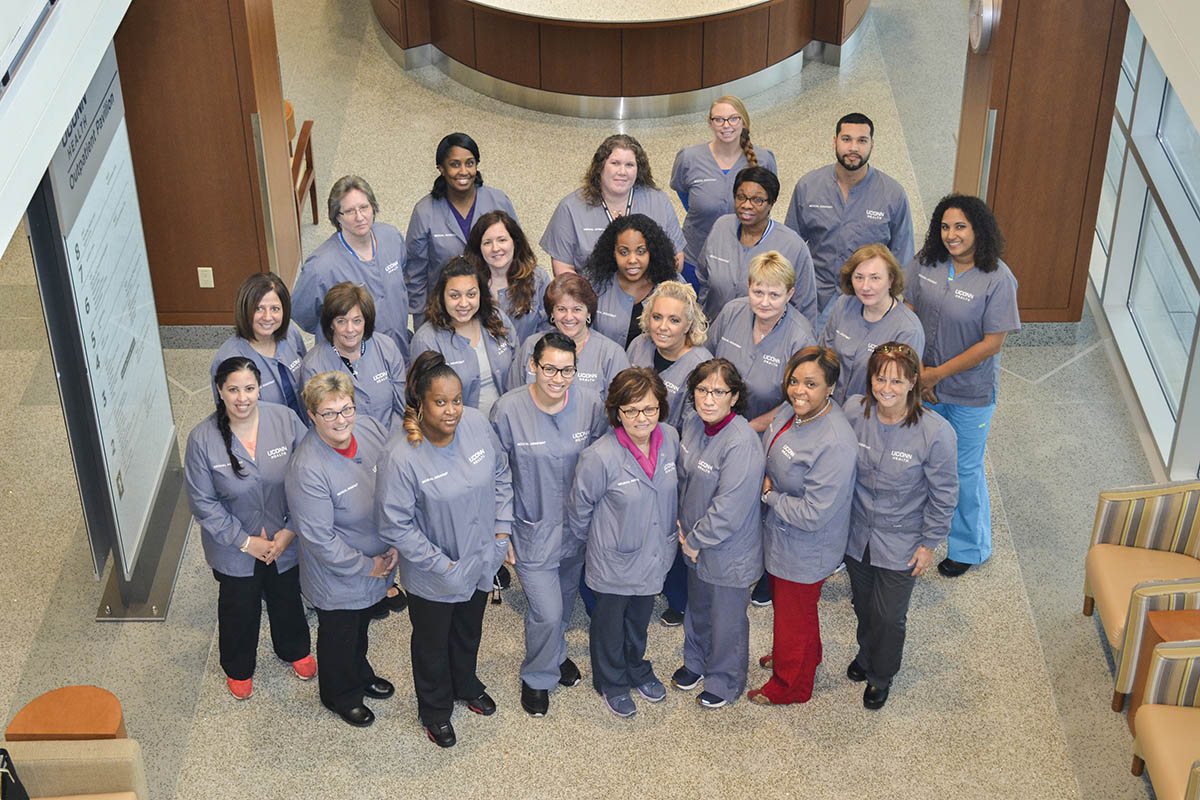
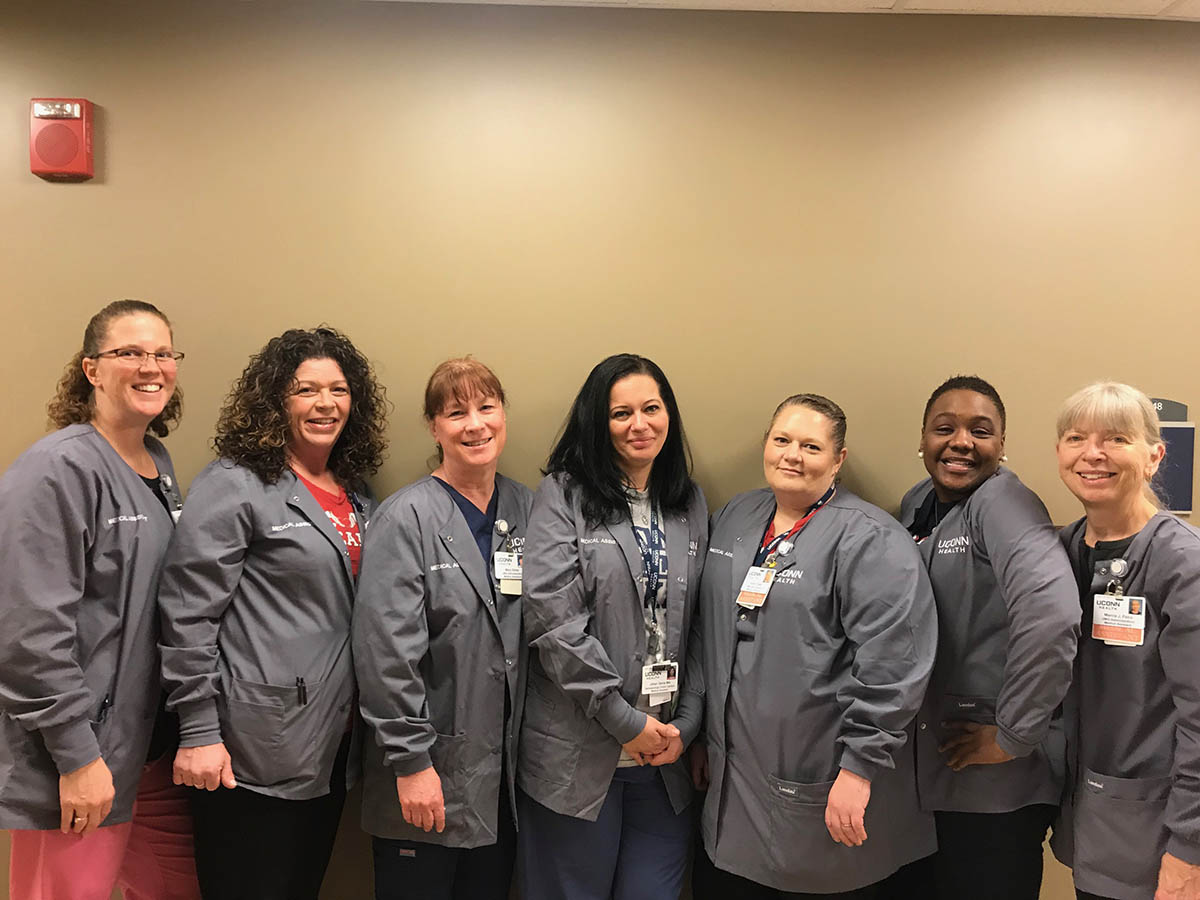
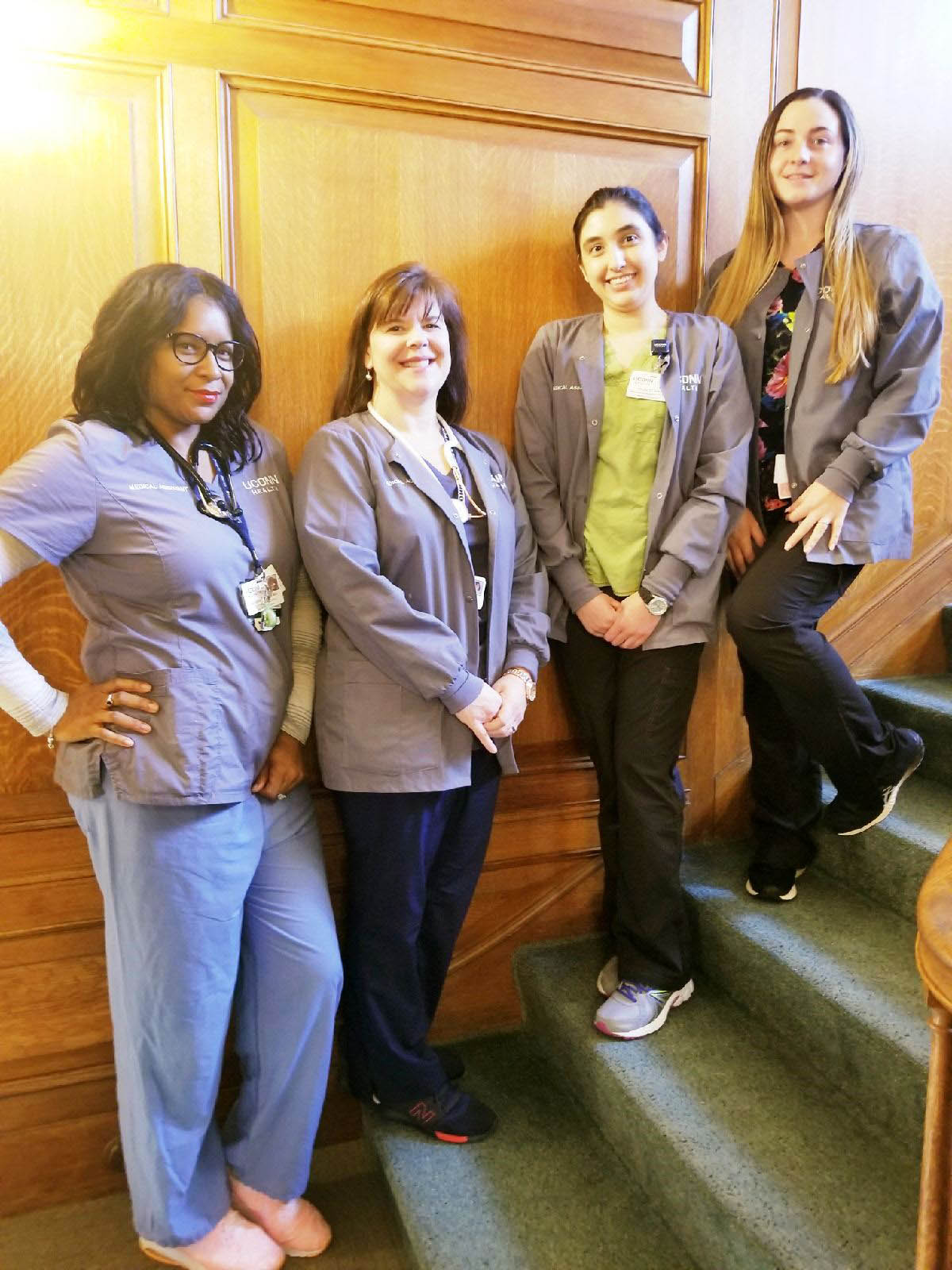
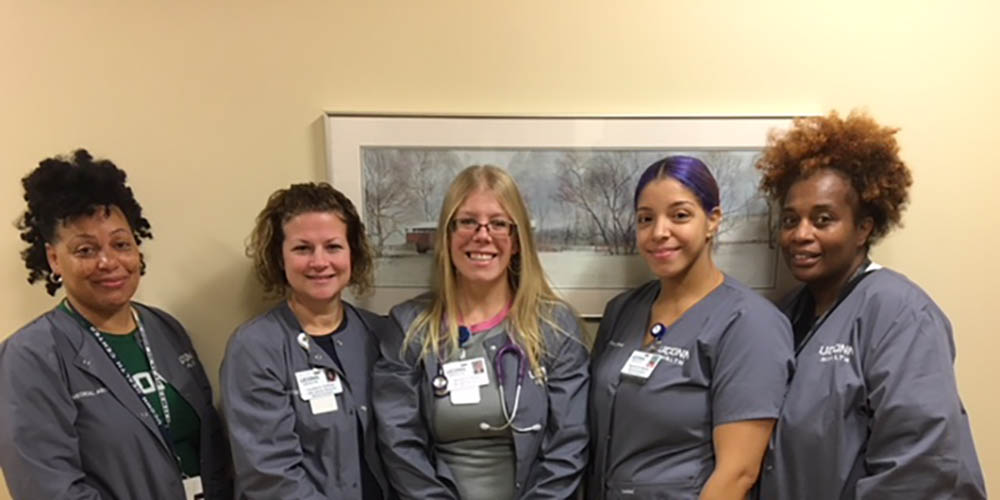
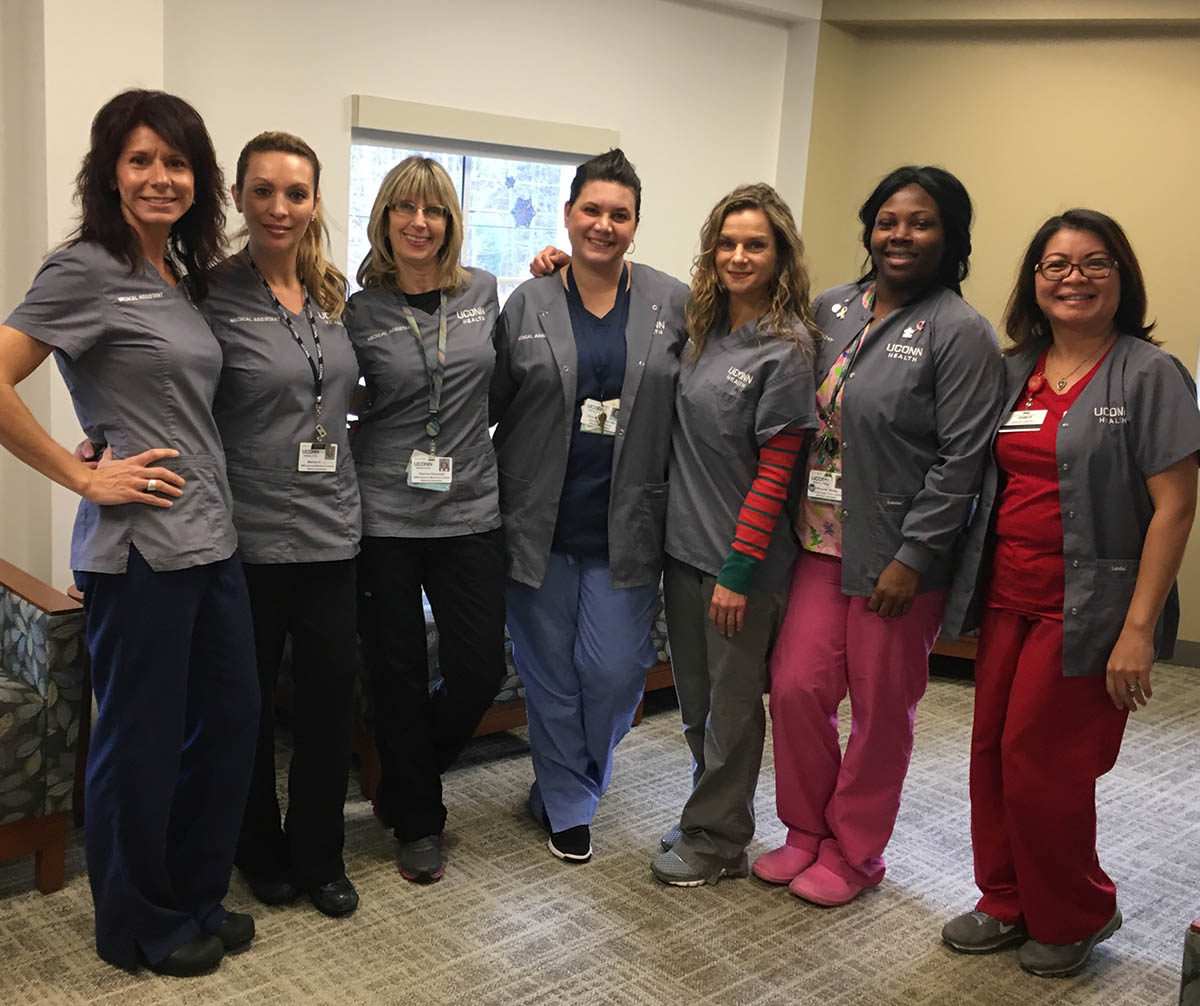
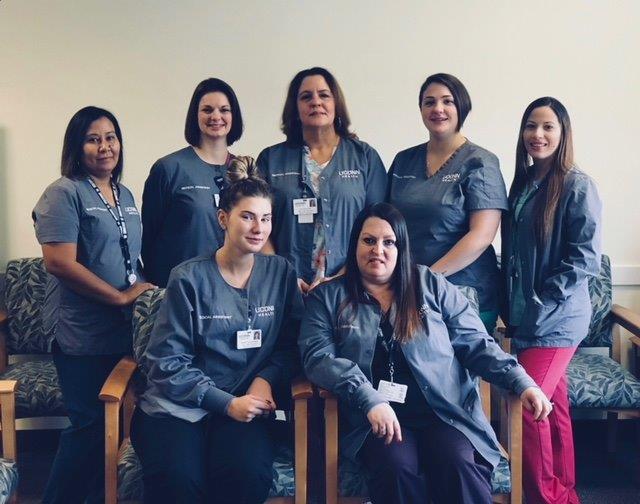

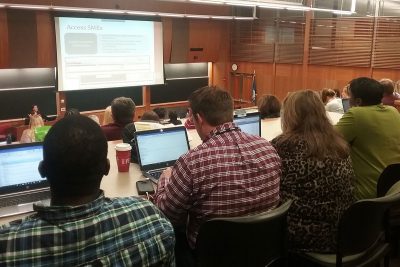
 Many Americans, even the most experienced health insurance “shoppers,” struggle choosing and using health insurance plans.
Many Americans, even the most experienced health insurance “shoppers,” struggle choosing and using health insurance plans.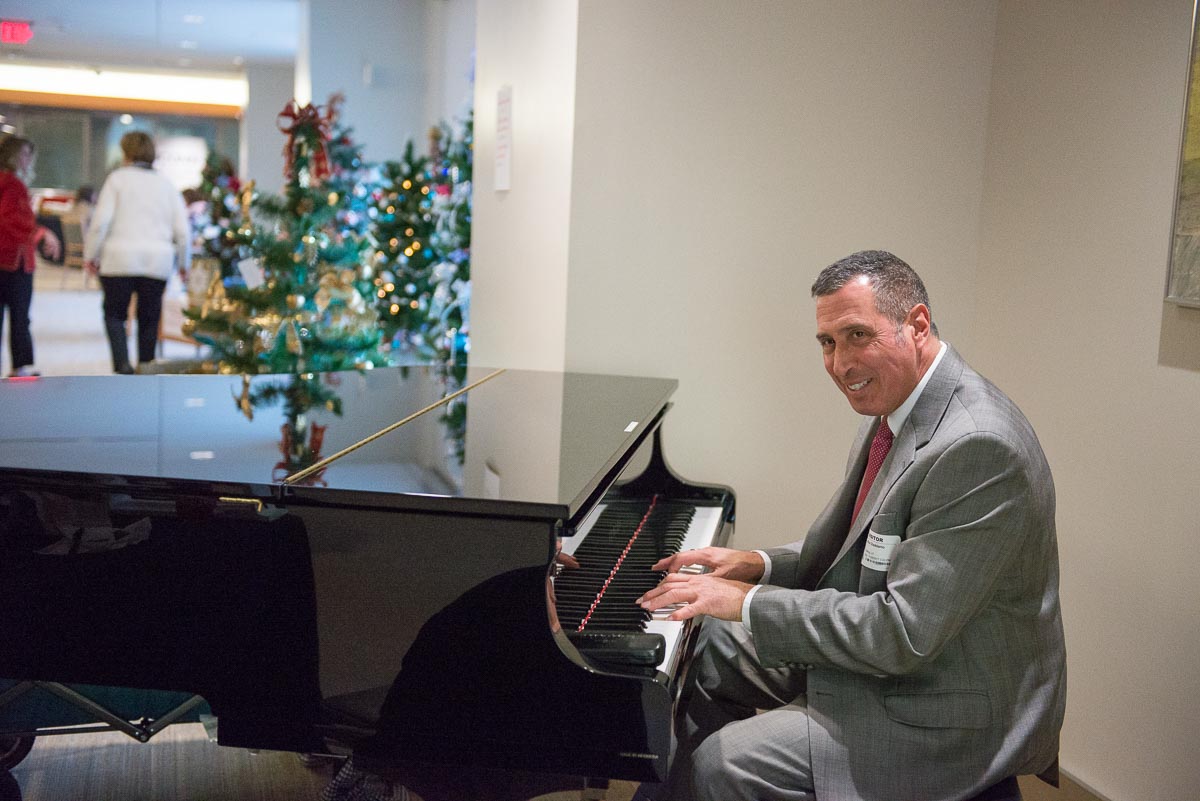
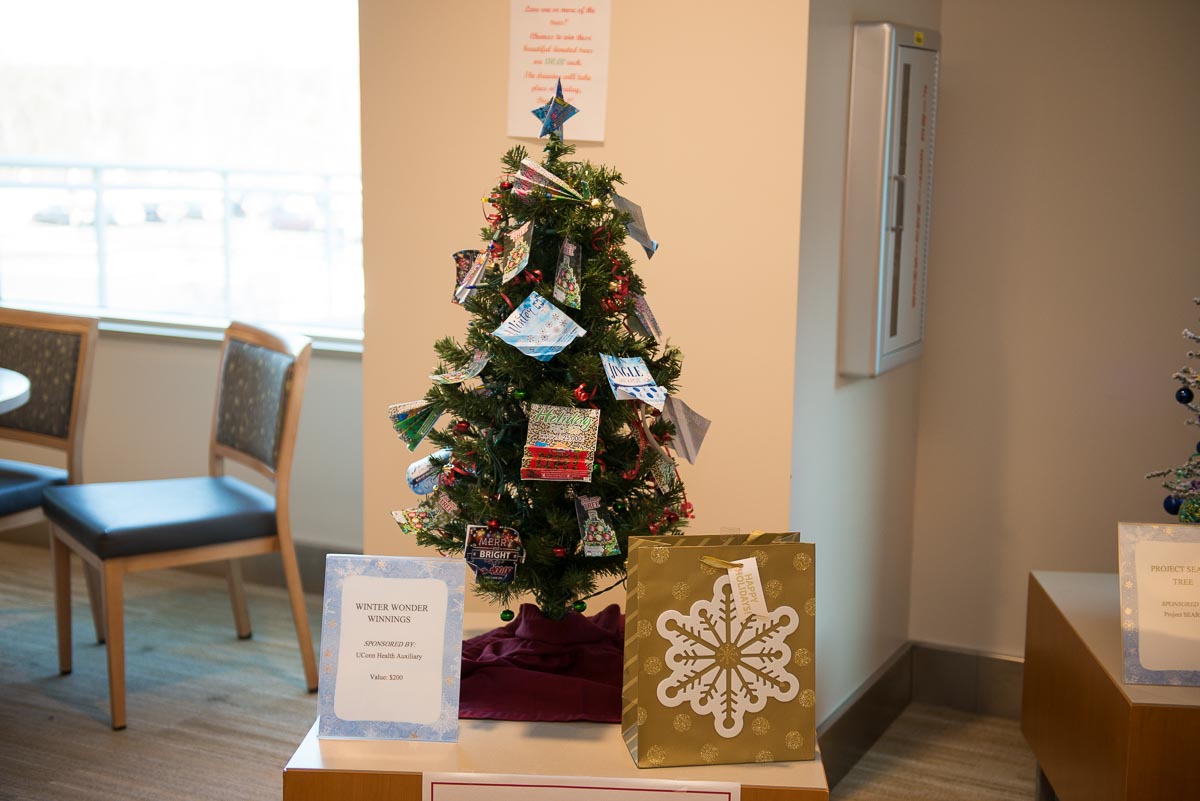
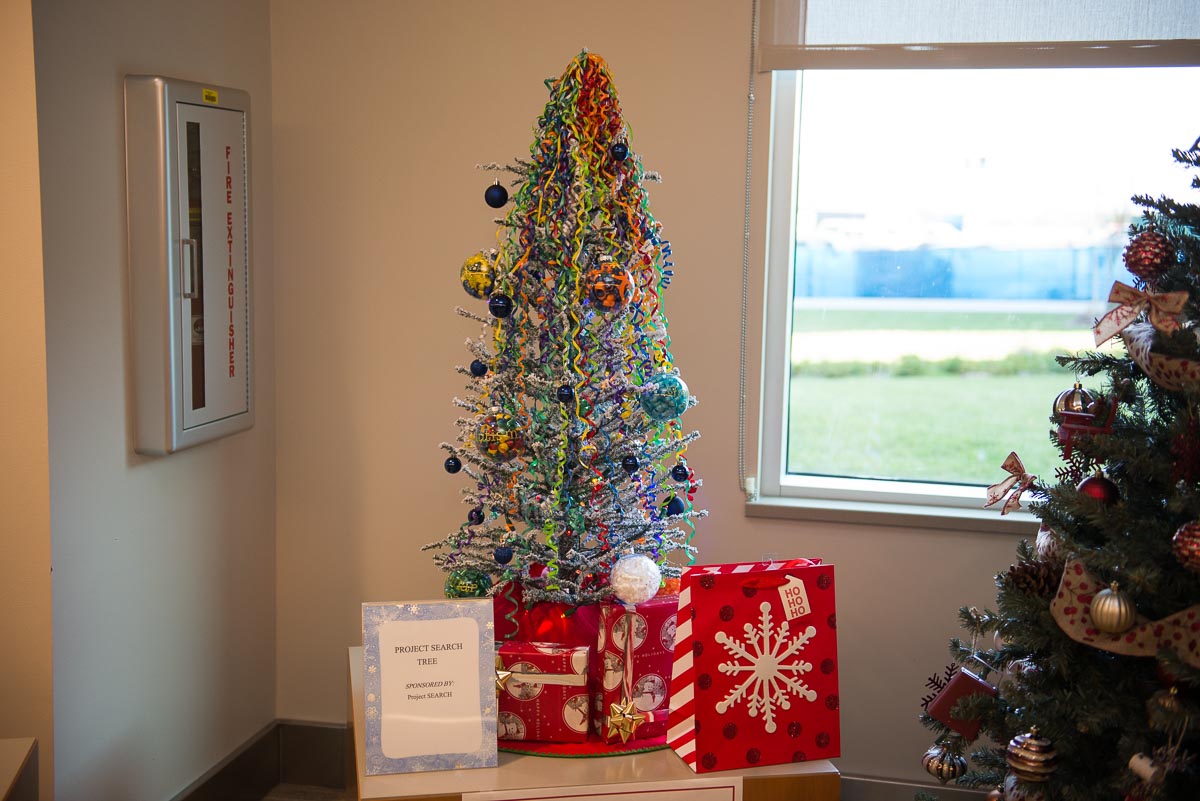


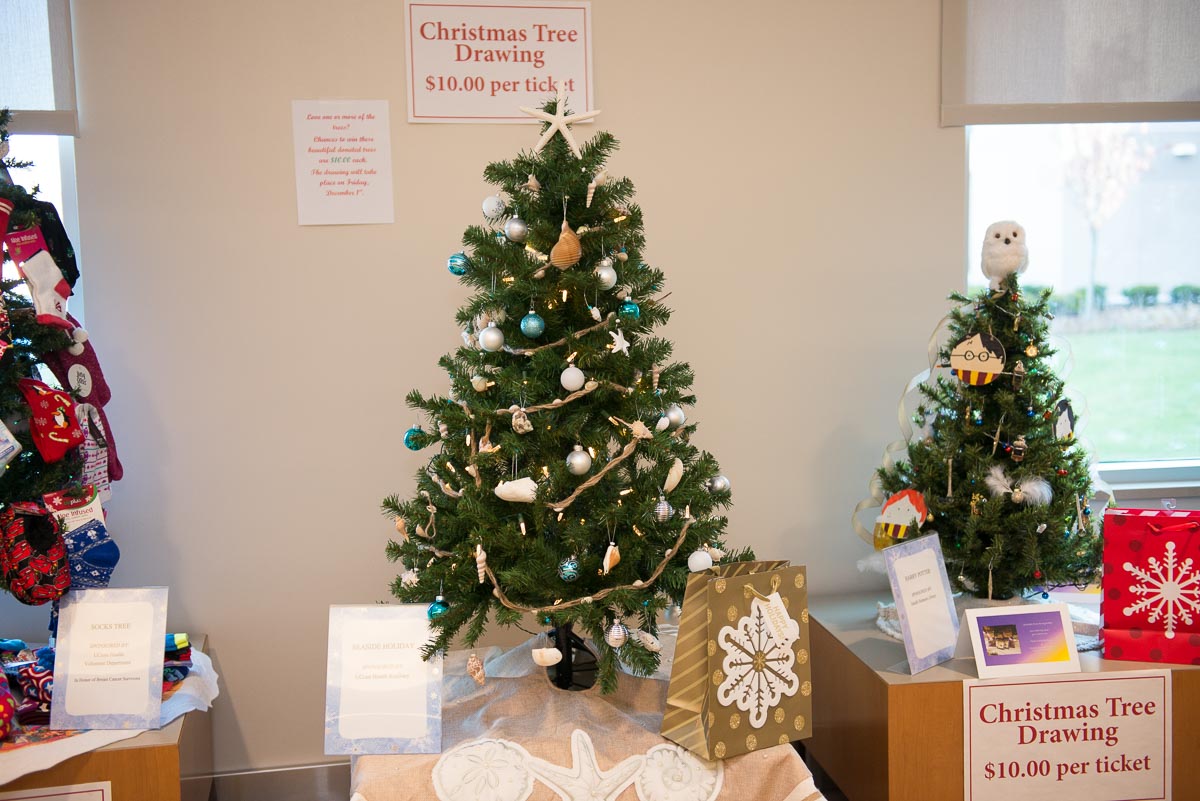
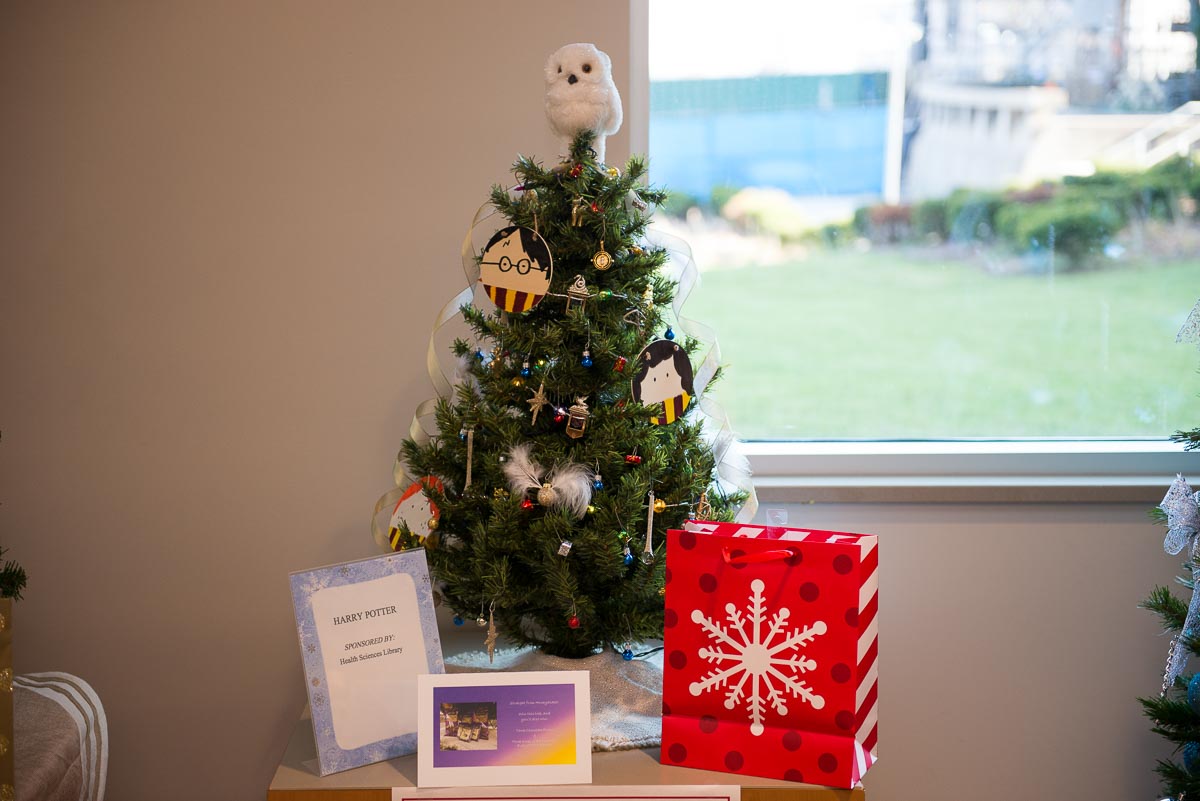

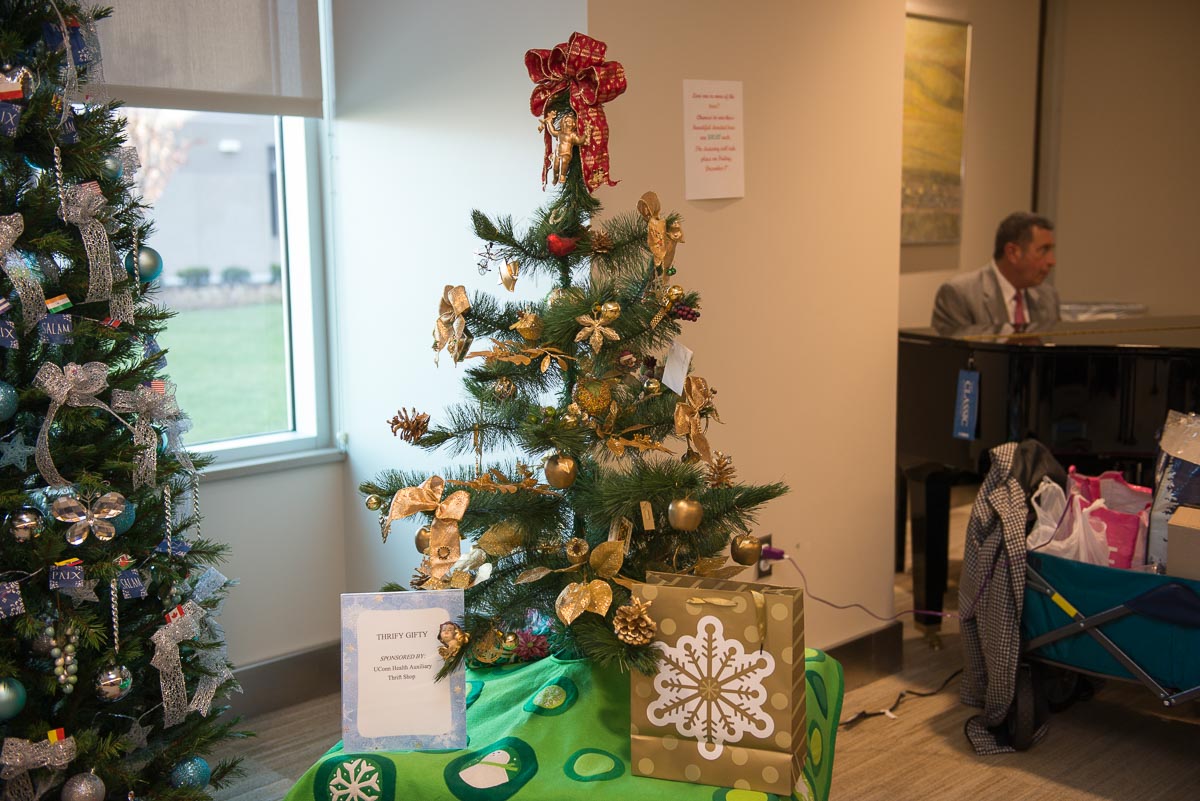


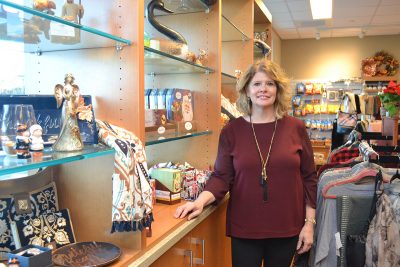
 Debbie Baril
Debbie Baril